Now is the time to use apps with your child.
#Covid19 is our new normal in our interconnected world and many parents are faced with homeschooling their children. Teachers are confronted with providing online teaching and it is logical to use apps to facilitate learning.
Many of the app developers have come to the ‘virtual party’ (links at the end of this post) by cutting the price of their apps or providing them free so that content is more accessible.
However, using apps to facilitate learning does not mean that you can abscond.
An app is not a teacher, it is not a guide and it is not an authority.
An app is a digital teaching resource.
Guidelines for using apps as a teaching resource
1. Control of the device
Guided access (available on an ipad) is important to ensure that your child cannot navigate out of the app. Even if they are older, they will try to find something else.
“I’m just looking….” means they are just testing you. Don’t fall for it!
Nobody holds the ipad. If your child is holding it, then you do not have control. Use a stand if you have a sturdy one. A recipe book holder, or even a lever arch file with the binder away from you. Sit at a table and make sure your child is sitting on a chair. If their feet don’t reach the floor, put something under them (step, books) so that they do not swing them or wrap them around the legs of the chair.
You may be tempted to open the app, leave it with your child, and return 30 minutes later when they have run through a program or level. Unfortunately, the chances of a child learning new information this way is unlikely. You need to sit next to your child and control how he/she navigates through the information.
One way of enforcing this is to encourage your child to answer verbally or point without touching before they can manipulate (touch/tap/drag) their response on the app. This is how you can see whether they understand the concept or if they are resorting to guessing, by tapping all the options.
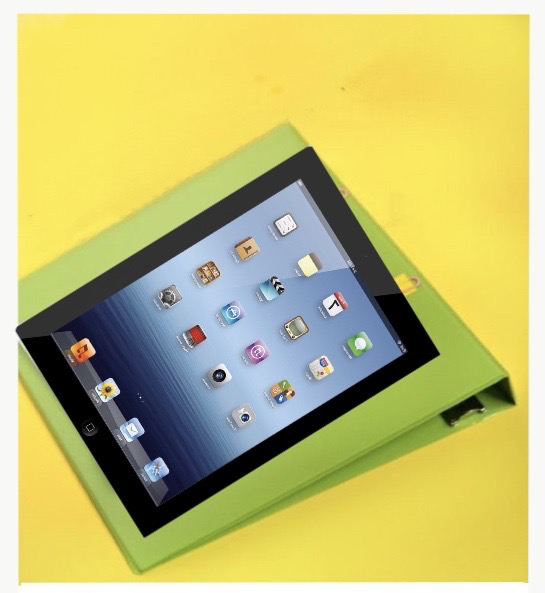
2. Take turns
Turn taking encourages interaction and engagement. It is important to remember that engagement does not equal ‘glued to the device’. Learning is not passive. Taking turns with your child means that you are engaging your child, and activating cognitive engagement.
A good ‘trick’ is to make a mistake on your turn to see if your child notices the error. You can verbalise (think aloud) the steps that you are taking to whilst you are responding. For example, if the task is to match the letter /b/ with the picture starting with a /b/, you could say “This is a /d/” and wait…… Hopefully your child will say NO it’s a /b/ because…..
If they don’t you can say, it’s a /d/ because I can see the round tummy first or it is Dippy Duck (you need to know which phonic system your child is using at school). This will highlight the salient features.
3. Distractions
I am not referring to your crying toddler or the barking dog. Distractions on the app itself can interfere with processing information and learning.
- Familiarize yourself with the app beforehand: Tell your child what he is going to do before he starts. Pre-training facilitates better learning.
- Mute the sound: An unfamiliar accent can make a task more difficult.
- Turn off background music: You can do this in the settings of some apps. The noises that you find irritating, actually interfere with learning.
- Control the pace of the app: You can only do this if you have got control of the device. If your child has difficulty with something, repeat the instruction and/or allow him to try again. Achieving success builds confidence and facilitates learning.
4. Supplement
Even if your child can complete the an activity correctly on an app, it doesn’t mean he/she can apply the information to other contexts.
If your child is able to identify all the letters and sounds on the app, supplement the activity by encouraging them to identify the letters and sounds in the story book you are reading (yes you still have to read stories), or in logos in the environment. Trace letters on a worksheet, or build them with play dough, blocks, or kinetic sand. Count how many times the word the is on a page etc.
I am really enjoying listening, and re-listening to these stories read by actors. Listening to stories over again is important, and now you don’t have to read them. ![]()
5. Collaboration
Effective learning, particularly in our connected digital world needs team players. Now more than ever, we are faced not only with parents having to home school children of different ages and grade levels, but also being socially isolated from family and friends. Digital resources are a fantastic way to foster collaboration and connected learning.
Encourage older children to help younger siblings or even friends on digital platforms. Teaching someone else successfully is one of the best ways of learning something. The feeling of accomplishment that you get from shared success cannot be quantified.
Create digital books and share them with family, cousins and grandparents to add to and build. Photograph all the crafts that your children make, and add them to books.
A final thought: just because an app says it’s educational, doesn’t mean it is. It is how you use it that creates learning.
Hopefully, we will create memories to look back on so that sometime in the future we will say “Remember that time during #Covid19 when we all………”
My personal ‘happy place’ is the African bush. It is a place to unwind, and disconnect. Tintswalo Safari Lodge are doing daily game drives which you can follow. You can find them on facebook Tintswalo Safari Lodge or on Youtube
Here are some links to apps and websites that you can use with your child during this time. Apps are free or reduced price.
Please check the prices beforehand. (links for apps are for the US app store)
Follow Angela from Omazing Kids. She posts about free apps regularly
You can also follow me at Talking Talk on Facebook
Please add to and build our resources. Drop me a message if you know of others to include
Wishing you all strength.
This too shall pass







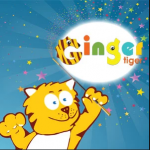







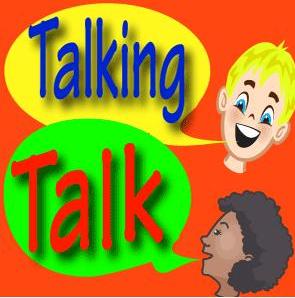
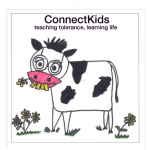


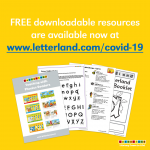



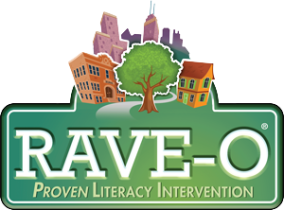



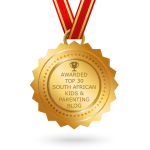
Recent Comments